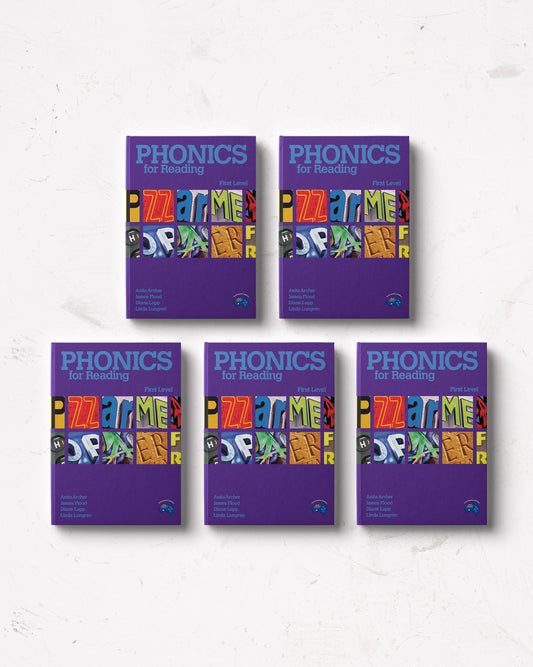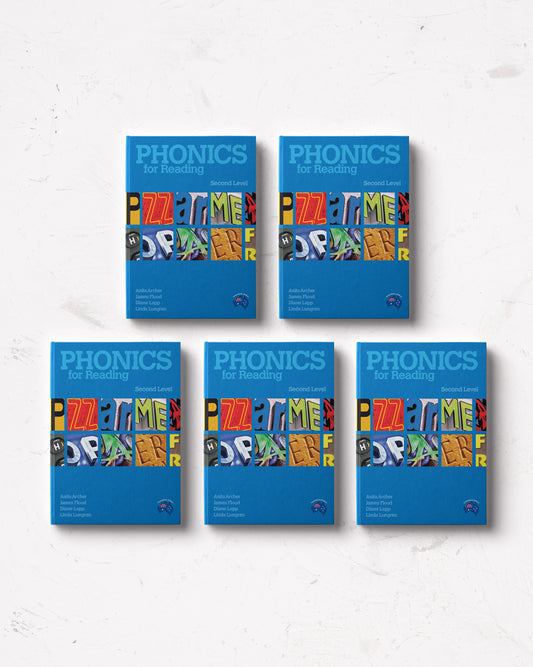In the quest to unlock the code of reading for young learners, systematic synthetic phonics has emerged as a cornerstone in early education. But what exactly is this approach, and how does it transform a beginner reader into a proficient one? More importantly, how does a programme like "Phonics for Reading" harness this method to enhance learning? Let’s dive in.
Understanding Systematic Synthetic Phonics
Systematic synthetic phonics is a teaching method that emphasises the explicit instruction of phonics in a systematic and sequential manner. It’s about breaking down reading and spelling into manageable pieces, teaching children the smallest units of sound (phonemes) and how these sounds are represented by letters or groups of letters (graphemes).Key Components of the Approach:
- Phoneme Awareness: Teaching children to recognise and manipulate the individual sounds in words.
- Grapheme-Phoneme Correspondence: Helping children learn the relationship between sounds and the letters that represent them.
- Blending: Encouraging children to merge individual sounds together to form words.
- Segmenting: Teaching children to break words down into their constituent sounds for spelling.
Application in the Classroom
In practice, systematic synthetic phonics starts with the simplest and most frequently used sounds, progressing to more complex sound combinations and patterns. Lessons are structured, cumulative, and paced appropriately for the learners’ development.
Teachers use a variety of strategies to engage students, including:
- Phonics Games: Interactive games that reinforce phonemic awareness and grapheme-phoneme correspondence.
- Decodable Books: Texts aligned with the phonics sequence that allow students to practise decoding skills.
- Writing Activities: Exercises that require students to apply their phonics knowledge in spelling and writing.
How 'Phonics for Reading' Enhances This Approach
"Phonics for Reading" is specifically designed to integrate and build upon the principles of systematic synthetic phonics. Here’s how it supports effective phonics instruction:
- Structured Learning: The programme offers a well-organised framework that introduces phonetic concepts in a logical sequence, making it easier for students to build on their skills progressively.
- Multisensory Materials: Utilising a range of auditory, visual, and kinesthetic resources, "Phonics for Reading" caters to various learning styles, helping reinforce the learning process.
- Assessment Tools: Regular assessments are embedded within the programme to monitor progress and tailor instruction to meet the needs of each student, ensuring no child is left behind.
- Teacher Support: Comprehensive guides and resources equip educators with the necessary tools to implement the programme effectively, ensuring that they can provide targeted support to their students.
Conclusion
Systematic synthetic phonics is more than just a method for teaching reading and spelling; it’s a structured approach that builds a solid foundation for literacy. "Phonics for Reading" not only embraces this approach but enhances it with resources and tools that make learning accessible, enjoyable, and effective. For educators looking to empower their students with strong reading skills, "Phonics for Reading" offers a clear, systematic pathway to success.







